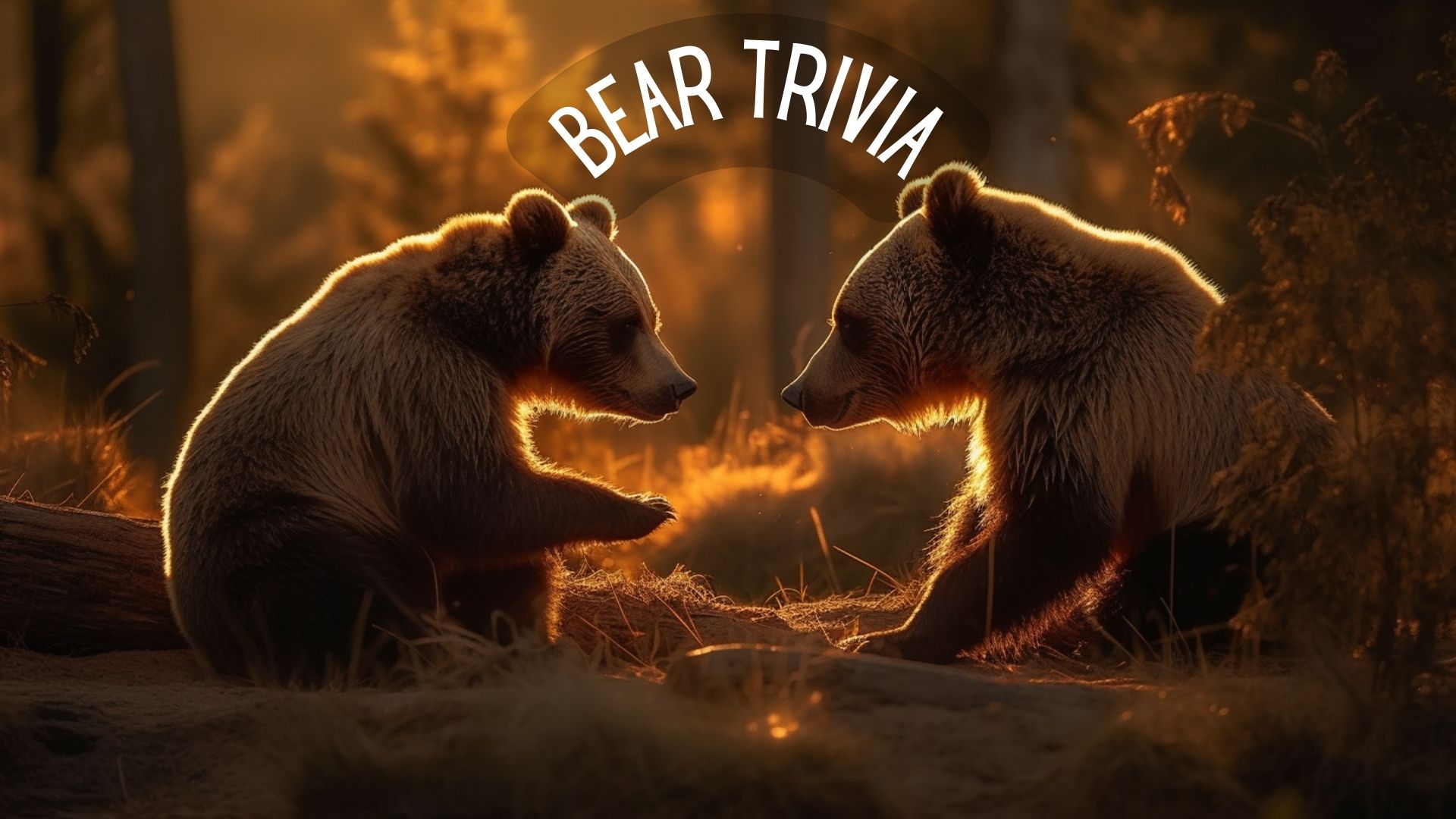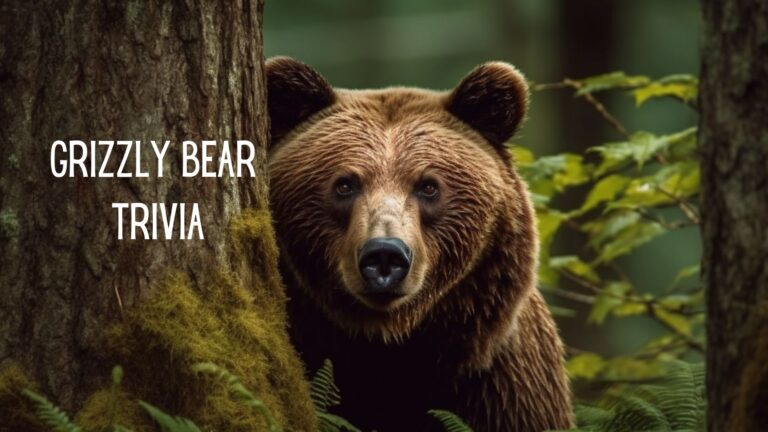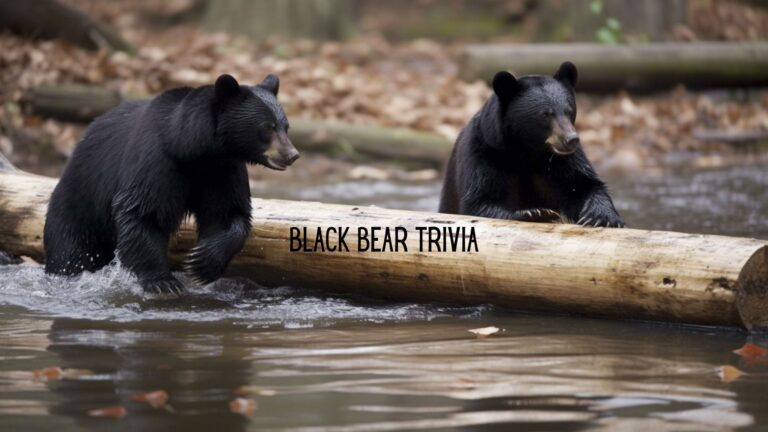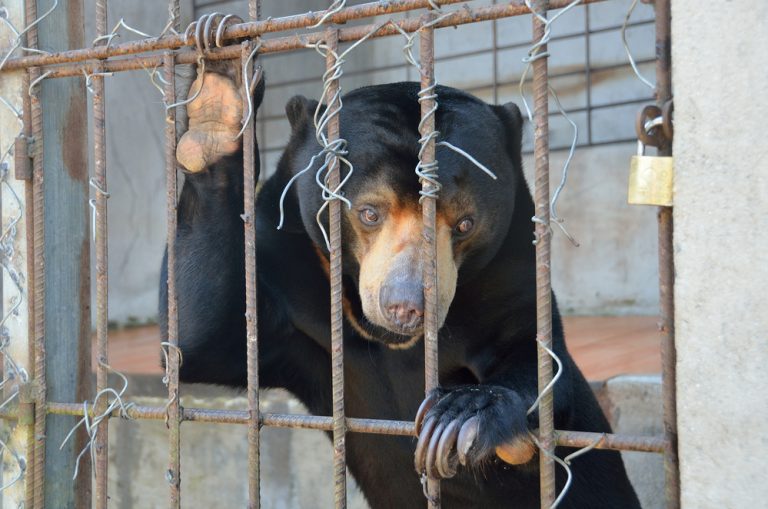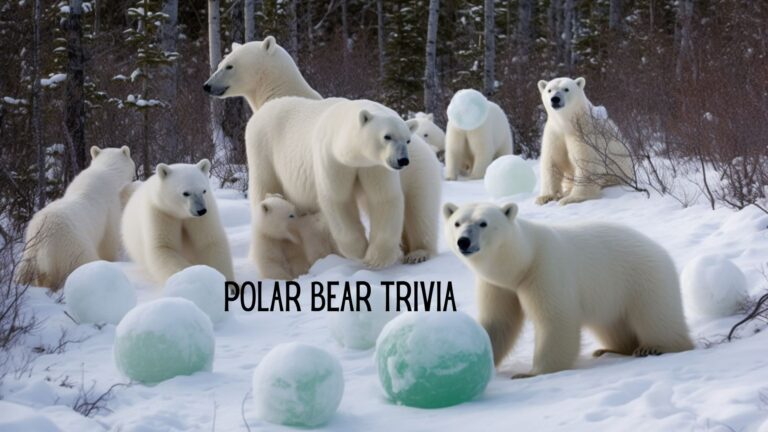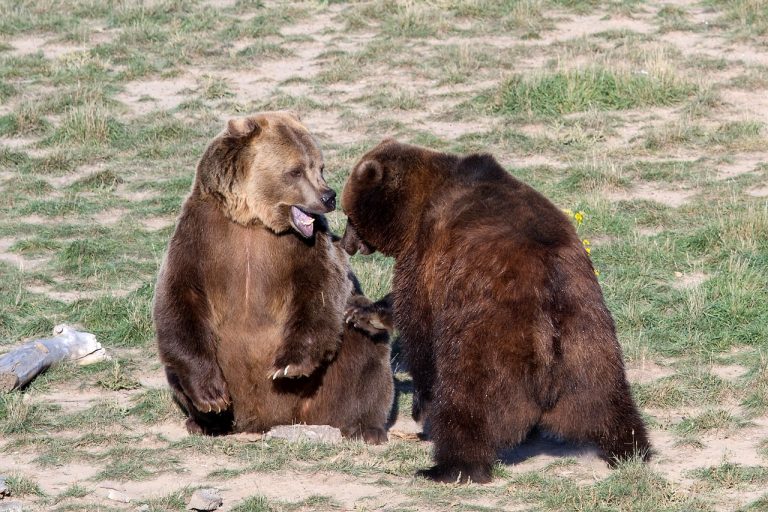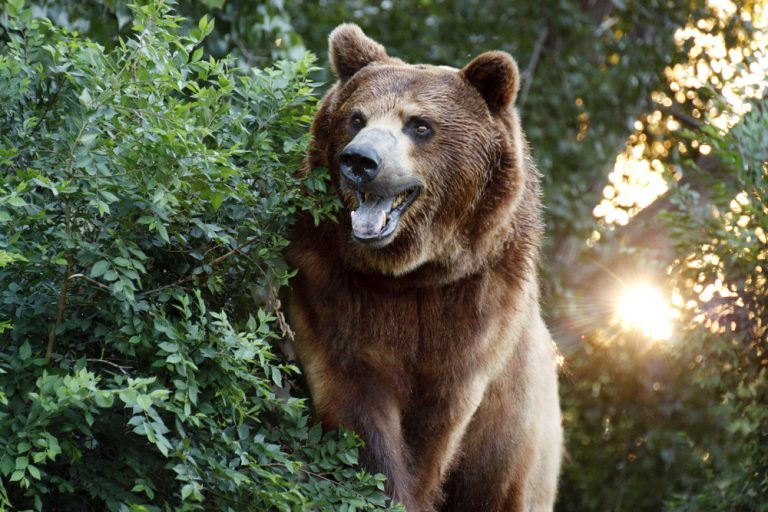Bears Trivia
In the vast wilderness where nature sings its oldest songs, bears play a symphonic role, bringing a balance of power and grace to their habitats. From the icy realms of the Arctic to the dense forests of Asia, bears have carved a niche that is both fascinating and diverse. In this blog post, we embark on an adventurous journey into the world of bears, exploring different types, unraveling facts, and indulging in some fun bear trivia. Grab your explorer’s hat, and let’s set forth on this bear expedition!
The Diverse World of Bears
Bears belong to the family Ursidae and are found in various regions across the globe. Let’s acquaint ourselves with some of the prominent types of bears that roam our Earth:
- Grizzly Bear (Ursus arctos horribilis):
- Habitat: North America, particularly in Alaska and Western Canada.
- Physical Traits: Distinguished by their humped shoulders and powerful build.
- Interesting Fact: They have a keen sense of smell, surpassing that of hounds.
- Polar Bear (Ursus maritimus):
- Habitat: Arctic regions, primarily on sea ice.
- Physical Traits: Known for their white fur which helps them blend in with their icy surroundings.
- Interesting Fact: They are excellent swimmers, capable of swimming for long distances.
- Giant Panda (Ailuropoda melanoleuca):
- Habitat: Mountainous regions of central China.
- Physical Traits: Recognizable by their black and white coat and black eye patches.
- Interesting Fact: Despite being classified as carnivores, their diet consists largely of bamboo.
- Asiatic Black Bear (Ursus thibetanus):
- Habitat: Forested regions in Asia, from Iran to Japan.
- Physical Traits: Notable for their black fur and a distinct white patch on the chest.
- Interesting Fact: They are known to be excellent climbers, often found resting on tree branches.
Bear Facts: Unveiling the Mysteries
- Omnivorous Diet: Most bears have an omnivorous diet, which includes a variety of plants, fruits, insects, and small mammals.
- Hibernation: Bears are known for their hibernation habits during the winter, a period of deep sleep that helps them conserve energy.
- Communication: Bears communicate through vocalizations, body language, and marking their territory with scent markings.
- Solitary Nature: Apart from mothers with cubs, bears are generally solitary animals, preferring to roam their territories alone.
Pick Your Bear Trivia Game Below
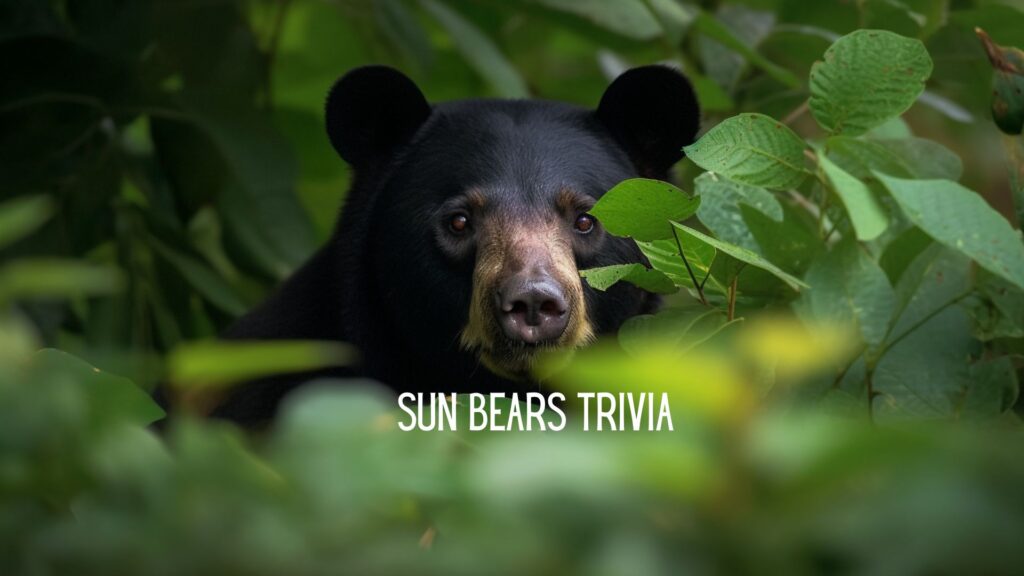
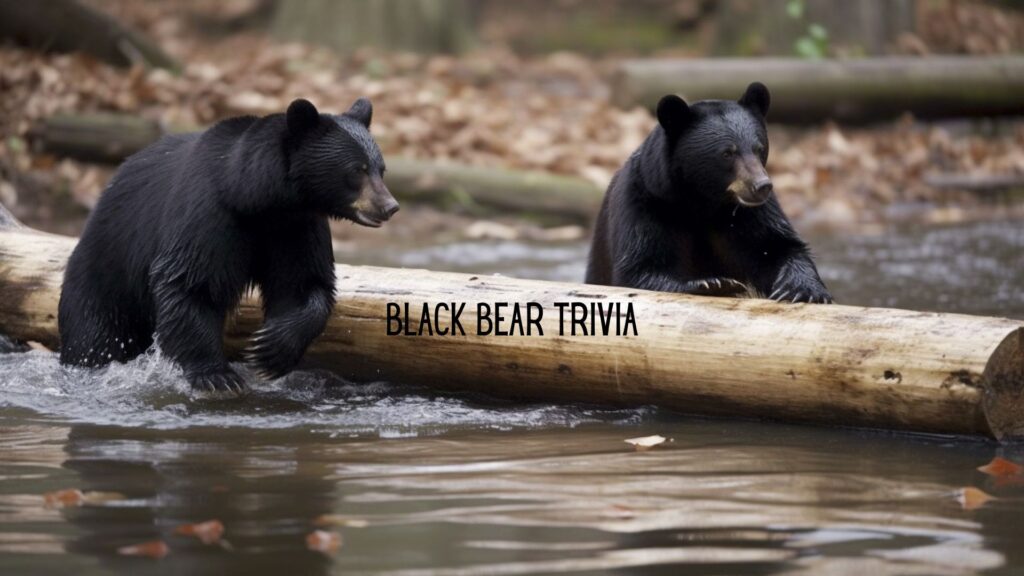
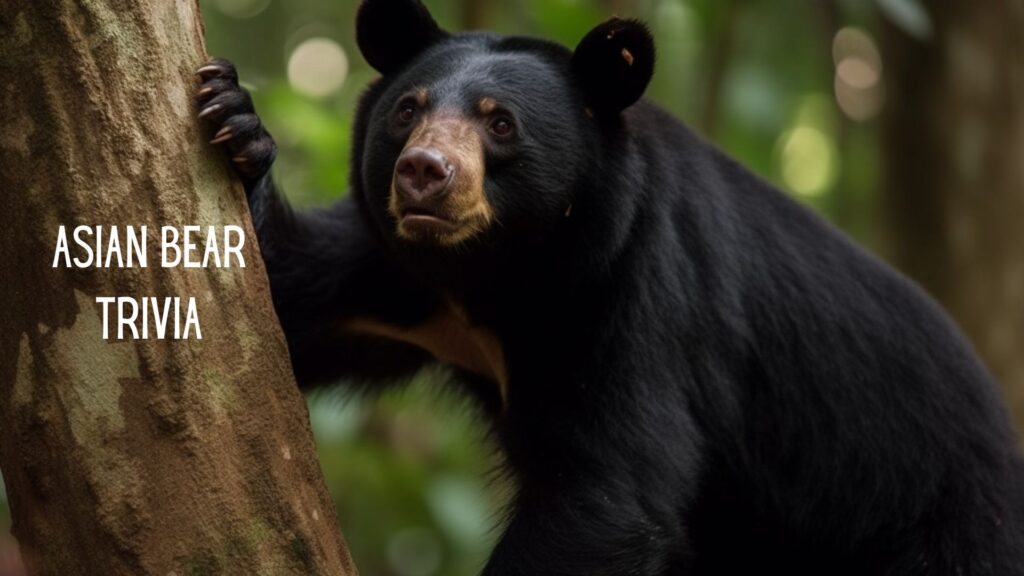
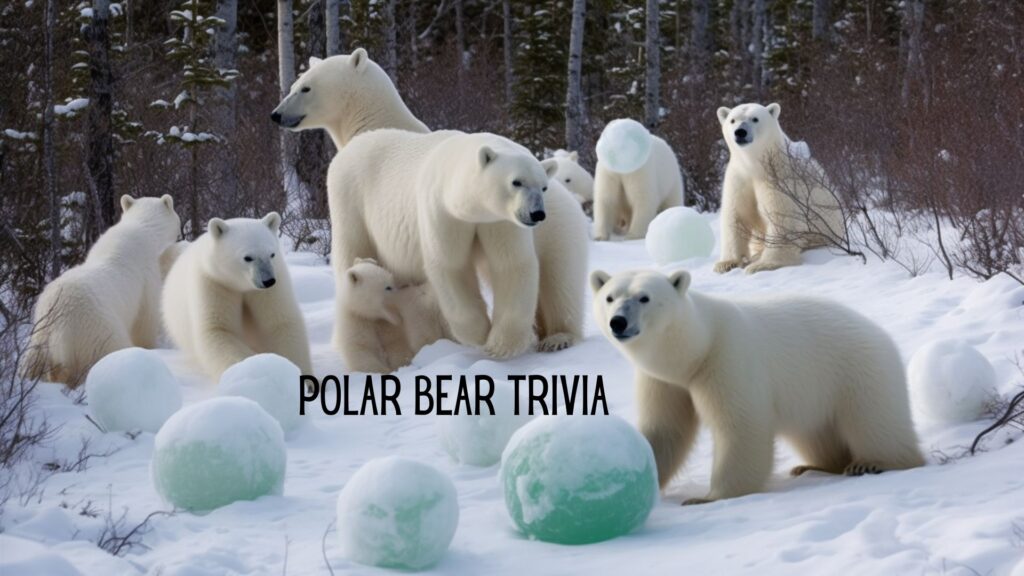
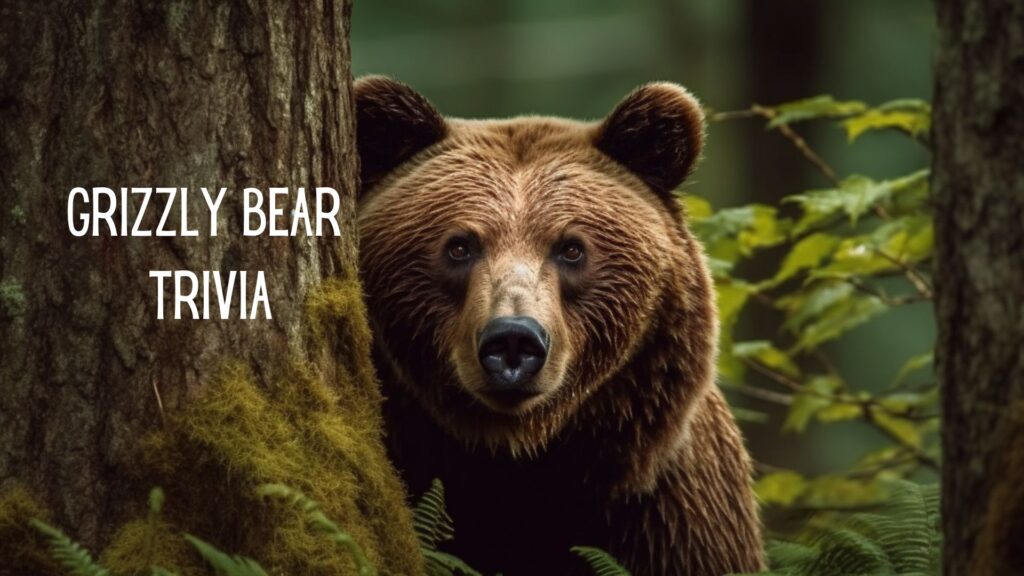
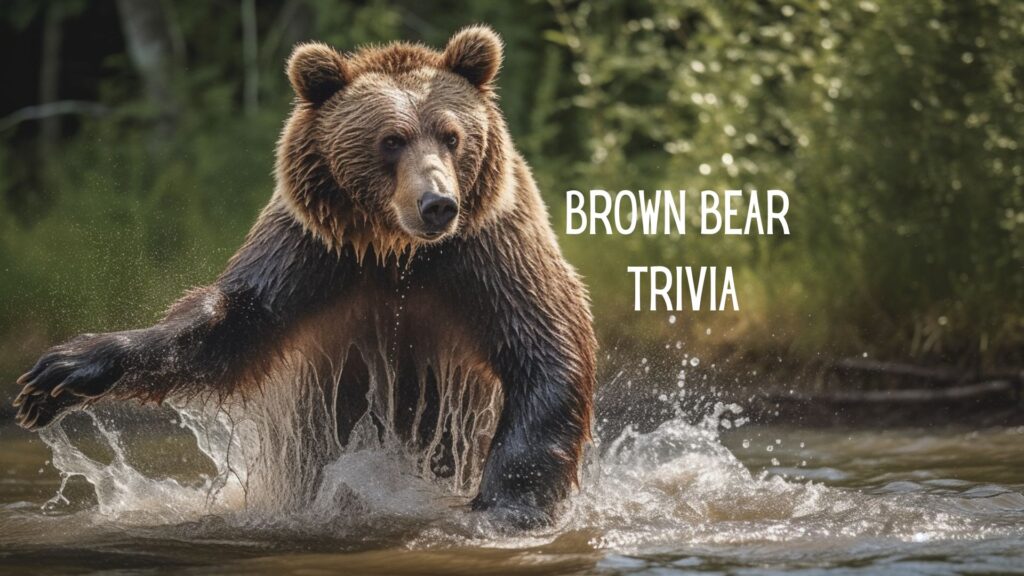
Bear Trivia: Challenge Your Bear Knowledge!
- What is the largest species of bear in the world?
- How do bears communicate with each other?
- What is the primary food source for giant pandas?
- Which bear species is known as the “sea bear” due to its reliance on marine habitats?
- How long can a bear hibernate during the winter?
Trivia Answers:
- The Polar Bear.
- Through vocalizations, body language, and scent markings.
- Bamboo.
- The Polar Bear.
- Up to 7 months, depending on the region and species.

